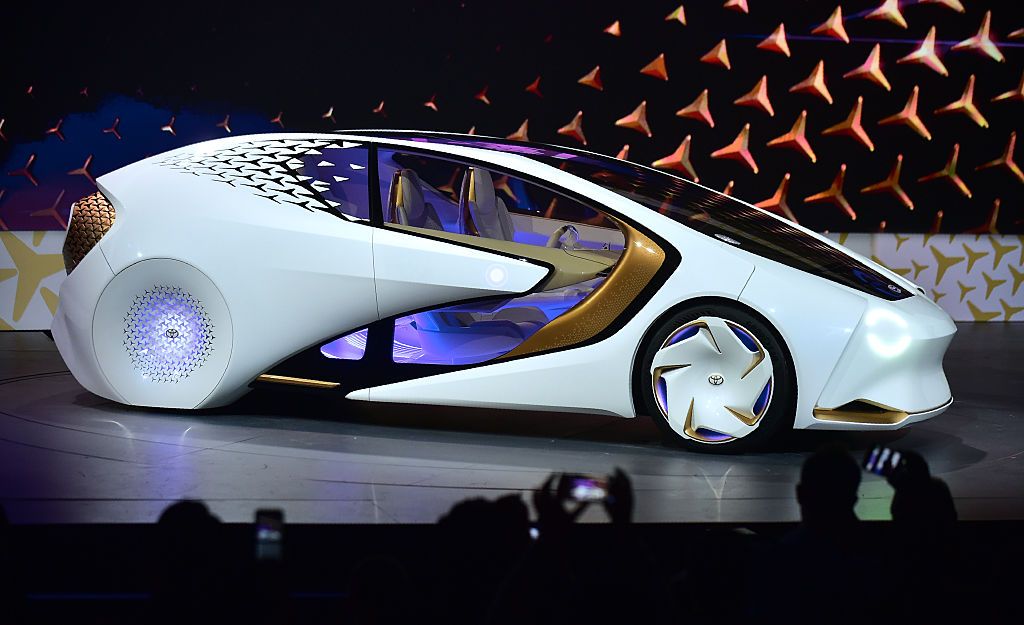The first-generation Cadillac Seville (1976-79) was given a clever marketing twist, as is mentioned here. The Seville was smaller that other Cadillac sedans, but priced higher; normally the largest American luxury models had the highest prices. General Motors' idea was to change the perception just mentioned. This made further sense in that, partly in reaction to the 1973 oil crisis, the new trend was to smaller American cars and Cadillac needed to move in that direction.
The Wikipedia link above notes that the first Sevilles were based on the nearly-unique (to them) General Motors K platform.
My take is that first-generation Sevilles didn't look especially luxurious and expensive. Nor did they have what might be called strong "character" -- admittedly a fuzzy, subjective assessment. There was nothing technically wrong with the styling, but the likely intent of the designers was to produce a dignified image and this resulted in something bland, rather than distinctive.
My previous post about Sevilles dealt with the later, definitely distinctive "Razor Edge" version styled under Bill Mitchell's guidance.
Gallery
Front and rear three-quarter views of 1976 Sevilles.
Side view. I like the long hood on this rear-wheel drive car.
Another advertising image, this showing a Seville not in a photography studio.
1978 saw the introduction of the Elegante package, a new top-of-the-line Seville featuring a two-tone paint scheme (Palm Springs area for-sale photo found on the Internet).
Read More
The Wikipedia link above notes that the first Sevilles were based on the nearly-unique (to them) General Motors K platform.
My take is that first-generation Sevilles didn't look especially luxurious and expensive. Nor did they have what might be called strong "character" -- admittedly a fuzzy, subjective assessment. There was nothing technically wrong with the styling, but the likely intent of the designers was to produce a dignified image and this resulted in something bland, rather than distinctive.
My previous post about Sevilles dealt with the later, definitely distinctive "Razor Edge" version styled under Bill Mitchell's guidance.
Front and rear three-quarter views of 1976 Sevilles.
Side view. I like the long hood on this rear-wheel drive car.
Another advertising image, this showing a Seville not in a photography studio.
1978 saw the introduction of the Elegante package, a new top-of-the-line Seville featuring a two-tone paint scheme (Palm Springs area for-sale photo found on the Internet).



































































